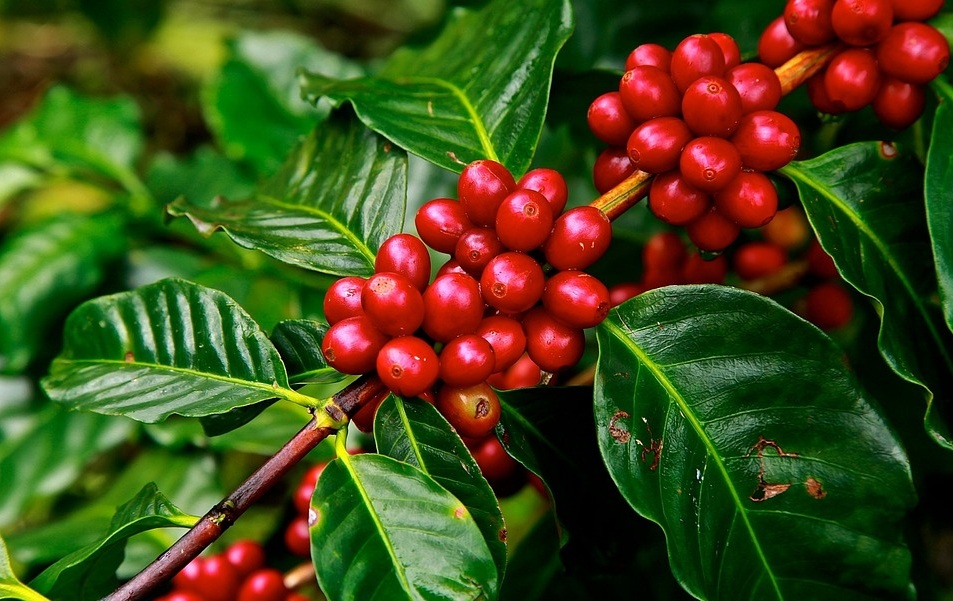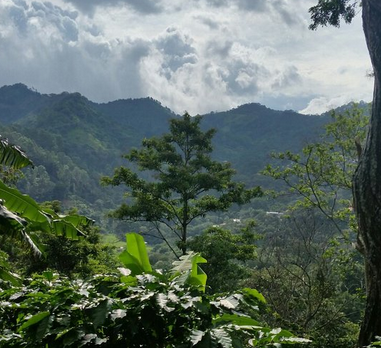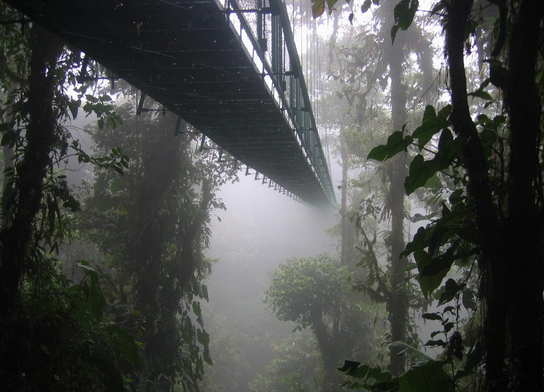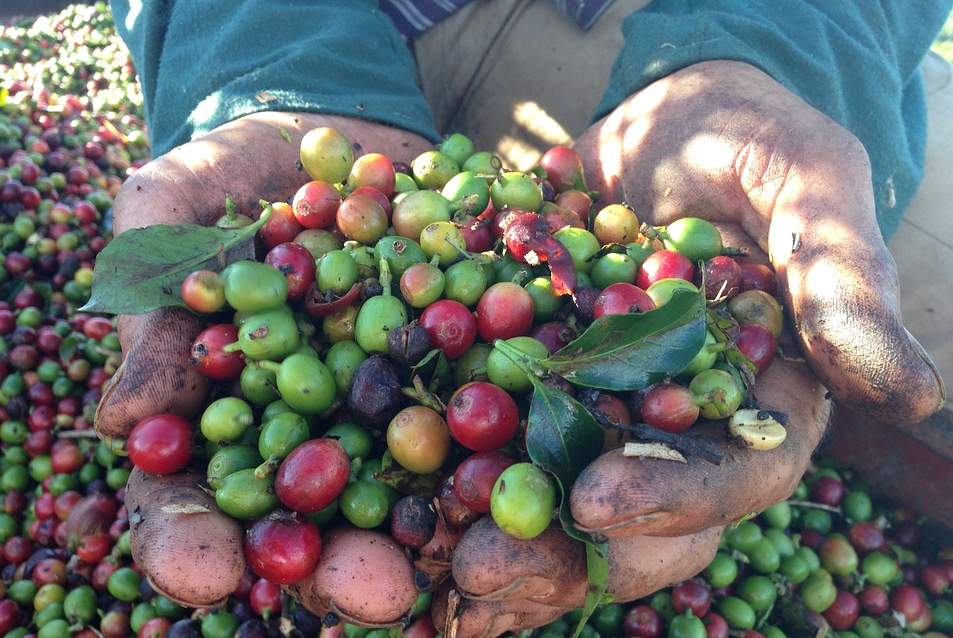How the Organic Industry Devastated Costa Rican Coffee Farms
My family and I have lived part-time on a Costa Rican coffee farm for seven years. This is part of what we've learned.
A good place to start this story is in the early 1990’s. That’s when organic certification companies from the U.S. and Europe came down to Costa Rica to convert the country’s coffee farmers to organic practices.

Initially, they got 8% of the farms to sign on.
How many is that?
For a country the size of West Virginia, there are a startling 70,000 individual coffee farms. Therefore, roughly 6,000 of those farms took up the organic pledge. Not bad for the first try by outside forces.
How can there be so many farms in such a small place?
One thing to know about coffee is that it only grows well in volcanic ash and at high altitudes. Because of that, it’s almost always grown on the side of mountainous slopes where the process of picking the beans can’t be mechanized.
Because it can’t be mechanized, large corporations aren’t incentivized to buy up huge swaths of land. They can’t squeeze out profitability with hand labor the same way they can with machines. That means that substantially all of these farms are small and family-run operations.
In reality, that’s a boon for the country’s economy. While no one ever got rich from being a coffee farmer, it provides a sustainable form of living for an enormous part of the population.

The key selling point
Because the coffee business isn’t quite as lucrative for farmers as it is, say, for Starbucks, there was one refrain that was continually used to woo over farmers:
“If you convert to organic, you can sell your beans for a 30% to 50% mark-up. All you have to do is not use synthetic pesticides, herbicides, fungicides, or fertilizers for three years, and you’re good to go.”
On the face of it, that sounds like a pretty good deal. And that was over 25 years ago. Today, Costa Rica is known as one of the greenest countries in the world — with over 25% of land set aside for preservation and almost 100% of energy generated from sustainable resources.
So what percentage of coffee farmers today do you think practice organic agriculture in Costa Rica? Go ahead, pick a number out.

The answer: less than 1%.
WHAT?! HOW CAN THAT BE?!?!?!
That’s what most people say when they visit El Toledo, one of the few that remained organic throughout. The answer is easily understood through the family’s experience.
Bad incentives and a slow feedback loop
While I have no doubt that many of those organic certifiers had their heart in the right place, we need to recognize how they made a living. How does food end up on their table?
The truth is that they get paid by the very farms that they are inspecting and certifying.
Think about it: If you know that your livelihood — as a certifier — depends upon convincing farmers to make this switch, are you going to focus — or even mention — the drawbacks of organic farming? Of course not.

That’s why most farmers were simply told to stop using chemicals for three years, obtain certification, and start pulling in more cash — no strings attached. Remember, this was before the Internet, there was no reliable way to fact-check this, and most farmers were excited by the prospect.
This isn’t all that different than what the chemical companies did after World War II, convincing Costa Rica’s farmers to take up the latest lab-based concoctions by only talking about the benefits. In fact, we could even argue that the sin of the chemical companies was lesser — as many of the long-term drawbacks had yet to be realized.
Organic certifiers, on the other hand, knew damn well that making a sustainable transition to organic production is much more difficult and complicated than what was being pandered.
El Toledo’s experience
Like almost every other coffee farm in Costa Rica, El Toledo was a monoculture coffee farm in 1990. While there were some trees interspersed throughout its seven acres to provide shade, coffee plants occupied over 95% of the land. All of the inputs were provided from chemicals — both in the form of fertilizers and protection from pests.
So what happens when you take out all the inputs cold turkey and have nothing to replace them? Your harvest drops dramatically.
Once again, take a guess at how much production dropped at El Toledo by the time they were certified.

The truth: 80% of the farms coffee disappeared almost overnight. Obviously, any benefit from a markup because it was “organic” wasn’t enough to cover the difference. This was — in effect — the experience of a large portion of Costa Rica’s organic farmers. Many had difficulty putting food on their tables.
Duped by North Americans and forced into a terrible situation, what did most coffee farms do? Two things:
- Returned to their old and time-tested — to them — ways of using chemicals.
- Developed a very healthy skepticism of North Americans or Europeans coming down and telling them they knew what was best for them.
Except, in El Toledo’s case, that wasn’t an option. The real reason the farm became organic wasn’t for the added money. It was because Don Gerardo, the patriarch of the family, developed both neurological and intestinal problems as the result of working with the chemicals.
The family had lost 80% of its coffee, but it couldn’t go back to the old and reliable ways of using chemical inputs. That put the family in a bind, and ushered in a difficult decade for the farm.
More to come...all photos either author's or via Pixabay